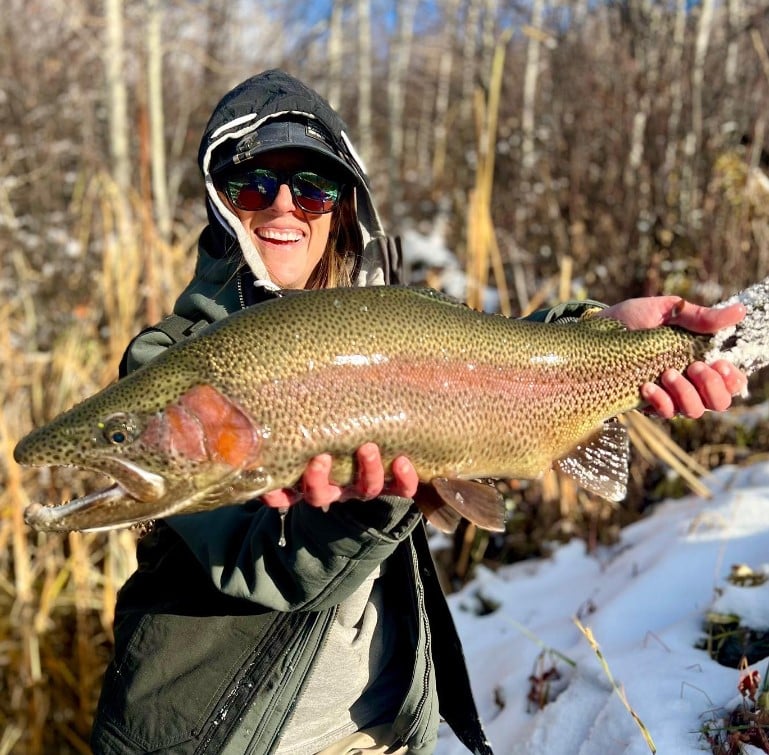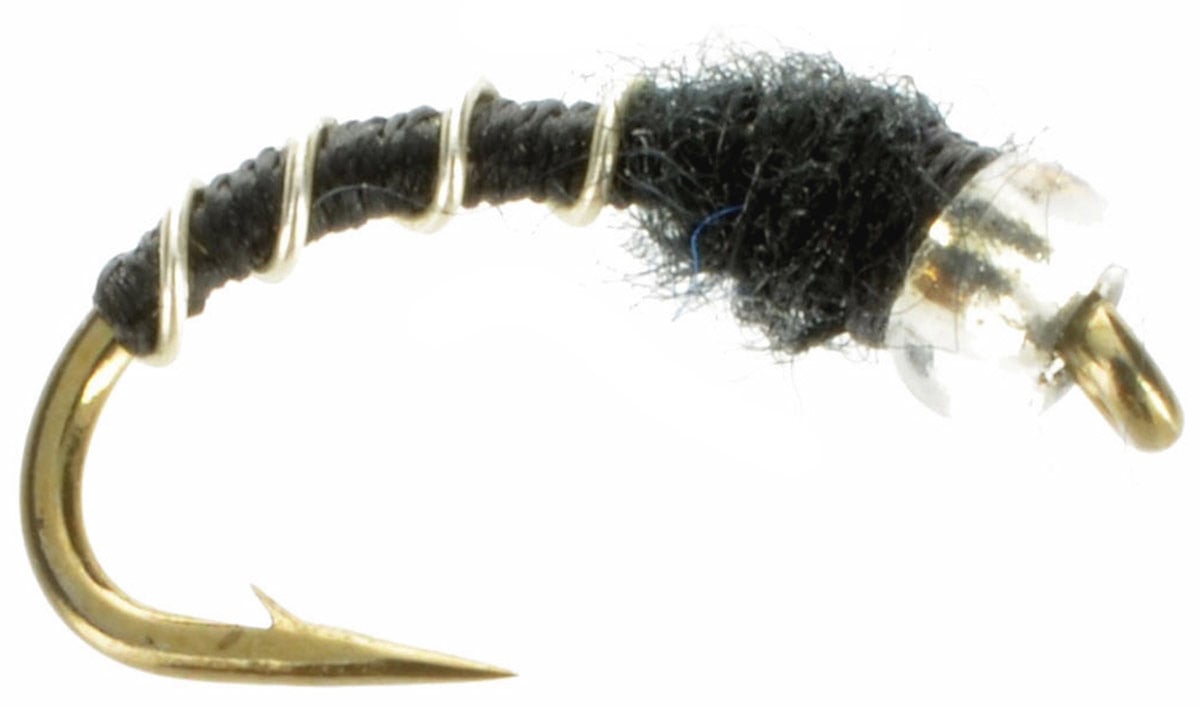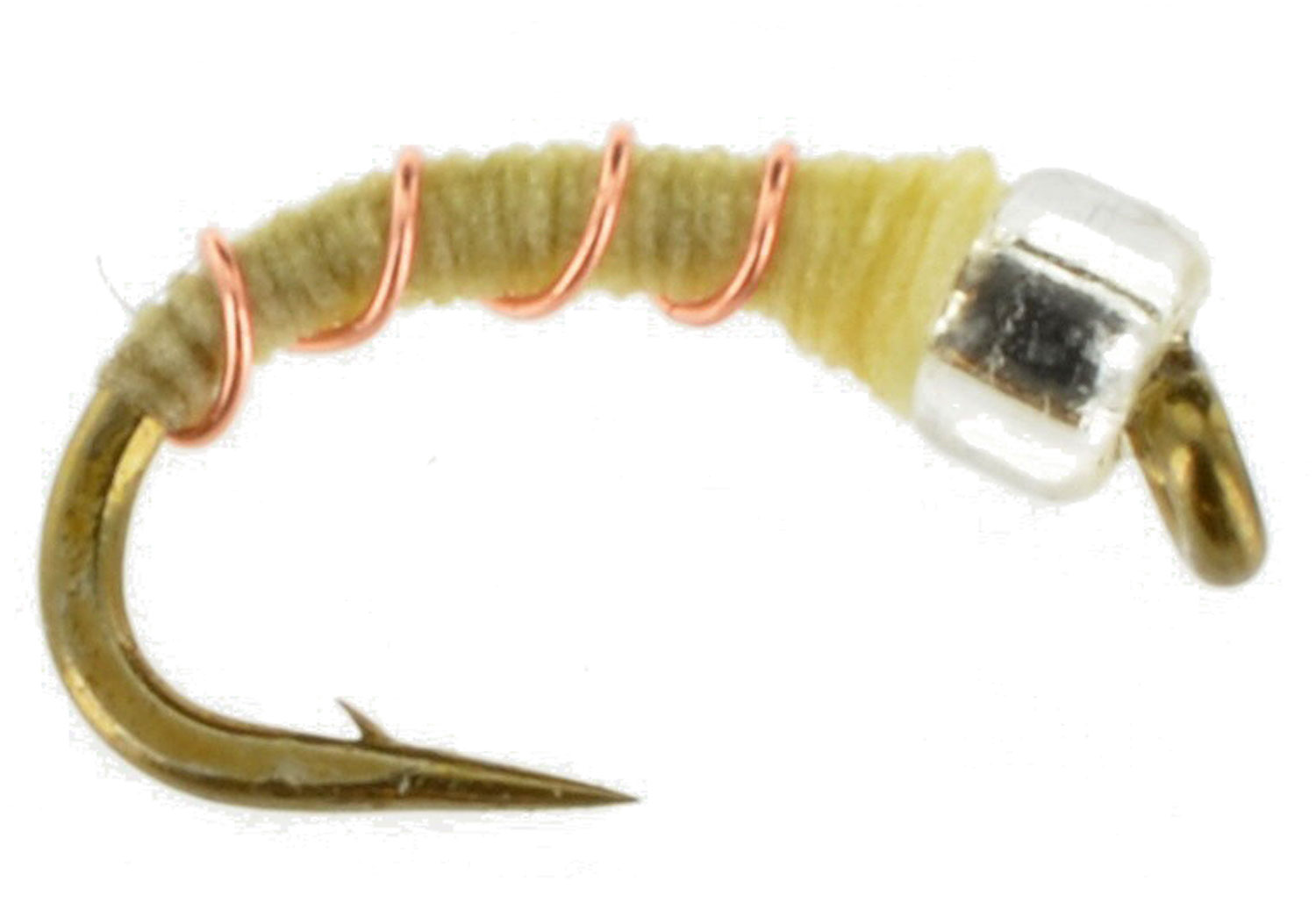Fly of the Week with @anna_on_the_fly | Mercury Midge
Mercury Midge | Small but Mighty
by Anna on the Fly • October 01, 2022 in Fly Fishing Tips and Techniques, Anna's Fly of the Week
@anna_on_the_fly is on the water constantly. She is constantly trying new things -- new flies, new techniques, and new gear. We are grateful that she's an Ambassador for DiscountFlies. And, we're grateful that she shares her knowledge and adventures with us here in the "Fly of the Week" (or month during the "off" season) Column.
Oct-2022
FLY OF THE WEEK!!! A fish I’ll never forget on a day I’ll never forget with people I love. And guess what - this was caught 3 days after last week’s post “the leech” on a balanced leech!! All over the country leeches are a great big meal for hungry trout so be sure to always have a variety of colors and variations!!

Now onto THIS WEEK’S fly of the week- the “Mercury Midge” Small but mighty the Mercury Glass bead always seems to be more productive than a standard zebra midge or other black midges. The glass bead mimics a gas bubble that insects use to emerge and if you’ve been reading each week you know that trout love emerging insects because they are most vulnerable.
With winter coming - it had me thinking about tailwaters & fishing small bugs. That being said I do fish this fly all year round, it’s a great fly and DiscountFlies makes a unique variation that gives pressured tailwater fish a fresh look at something different from the aforementioned flies above - & it makes a difference!! Imagine what a fish thinks seeing 1000s of bugs - the majority of them small & black and then seeing the same mass tied black beauty over & over again then seeing something different with that attractive “bubble” - it’ll bring the pickiest fish to the net!!
There are over 1000 different midge species & they are one of the only insects that hatch all year round. They also can complete a life cycle within as little as 4 weeks- where as many insects take months and even years to complete a life cycle. In most rivers in the West midges make up nearly 50% of the trout’s diet. Part of what makes them as abundant as they are is because they have a wider range of hatching water temperatures and oxygen levels. Making them great for the colder months when a lot of other insects aren’t hatching.
There are four stages of the midge life cycle: egg, larvae, pupae and adult. The Mercury Midge imitates the larvae stage, being that larvae live on the bottom of river beds this fly is best fished as your bottom/last fly.
Until next week, Anna



